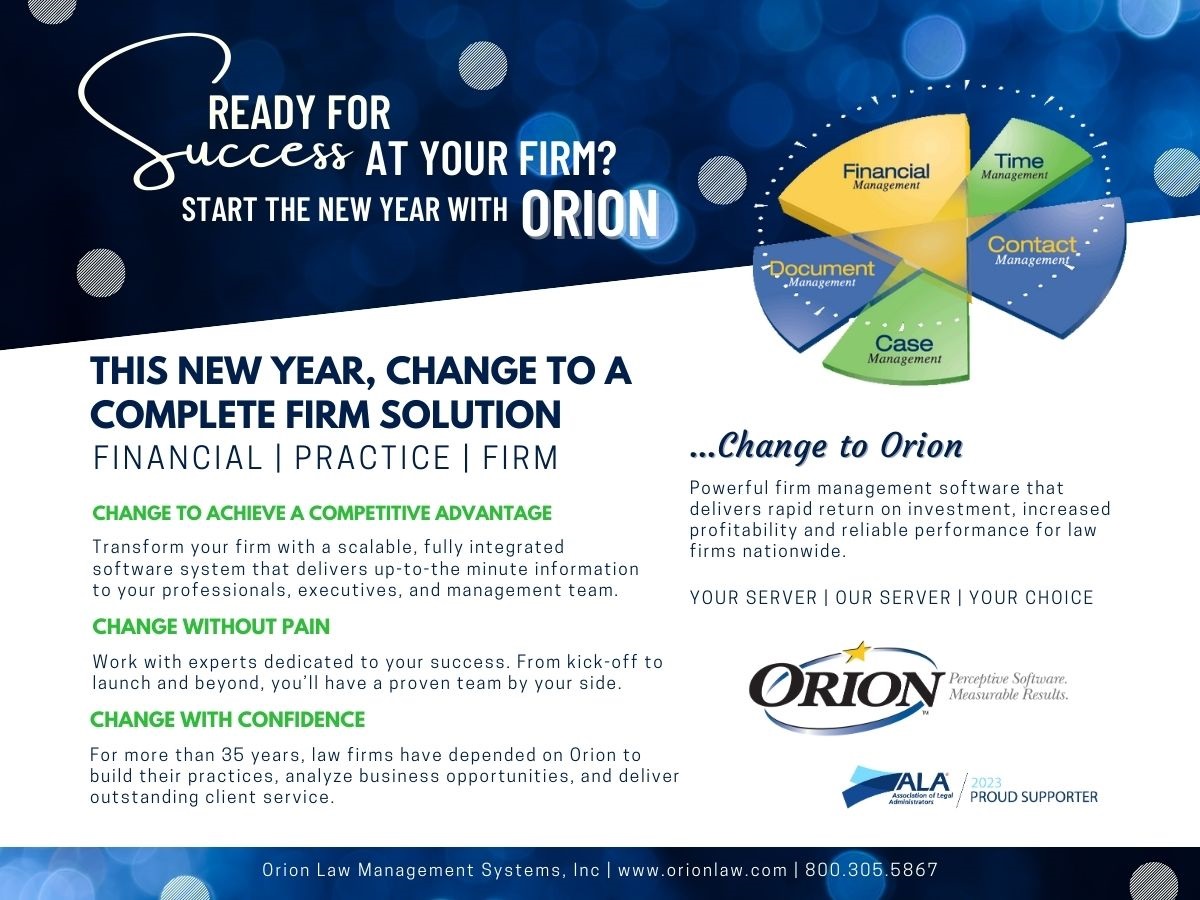Unfair treatment is one of the leading factors associated with employee burnout, according to a Gallup study. Burnout doesn’t only affect the well-being of employees; it’s also been linked to higher turnover, lower productivity and lost earnings for the company.
For law firms to mitigate some of these unconscious biases, it starts with acknowledging that they exist. Then, they must decide to intentionally address them through strategies and technology platforms that can help mitigate and eliminate the potential perception of unfairness by the firm’s associates. Two key areas where this applies are resource allocation and performance management. For both, let’s explore how biases can occur and how they can be reduced or eliminated.
RESOURCE ALLOCATION
Traditionally, partners choose associates to work with, bringing them in on matters and assigning tasks. This puts a premium on being a partner’s first choice.
The risks of bias here:
- Similarity or affinity bias: Partners can easily form relationships with associates they are similar to. As an example, most law firm partners in the United States are still mostly White men; this can potentially lead to women and people of color not being considered as the first choice.
- Familiarity bias: Once they’ve formed key relationships, partners are likely to keep turning to the associates they’ve already worked with. Too much reliance on one associate can lead to these associates being spread too thin and to a firm’s dependency on the same associates to do the work. This can even create a business risk for the firm by relying on the same associate every time.
- Proximity or distance bias: In an urgent situation, a partner may pull in the first associate they see, rather than looking for the best one available who may be working remotely and not physically located where the partner is. This can also put hybrid or remote associates at a disadvantage.
The Solution: By moving to a skills-based resource allocation system, law firms can match associates to partners and matters based on their current skills and development needs. Resource allocation software can help assess who is the best available associate for each assignment. Additionally, it monitors associate workloads to ensure that they are getting a balanced amount of work and chances to work on diverse matters with various partners.
PERFORMANCE MANAGEMENT
When partners only evaluate associates at set points of the year, there is a big gap between evaluations, which can affect both the accuracy and fairness of assessments.
The risks of bias here:
- Recency bias: When a partner works with many associates on many matters, it’s going to be difficult to sit down at the end of the year and remember all the details. Without reminders or accountability, the performance that’s easiest to remember may end up unfairly affecting the overall assessment.
- Gender bias: Studies have shown that women are more likely to receive vague performance reviews that lack constructive feedback and focus on their communication skills rather than technical skills. There’s also an imbalance in subjective behavioral feedback: 76% of women’s reviews are likely to include negative personality feedback (compared to only 2% of men’s reviews).
The Solution: By layering in continuous performance feedback, law firms can increase accountability and accuracy in their performance management. Partners provide feedback for each associate’s contribution to a matter. That way, when it comes time for annual evaluations, they can easily refresh their memory. With performance management software, firms can create a talent performance profile of associate feedback from multiple partners, making it easier to notice or assess unfair feedback.
RECOGNIZE THE PROBLEM TO FIX IT
Acknowledging that bias exists and focusing on its elimination can help everyone get ahead. Identifying, reducing and ideally eliminating bias in these processes will improve law firms’ business outcomes. It will help mitigate risks, create a balanced and equitable environment, and increase engagement and productivity.


